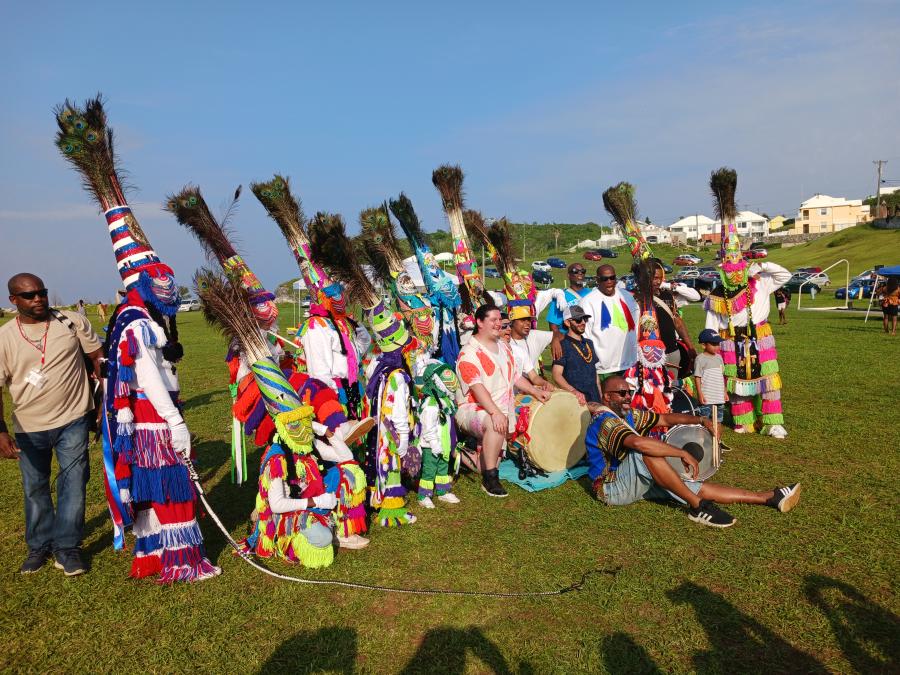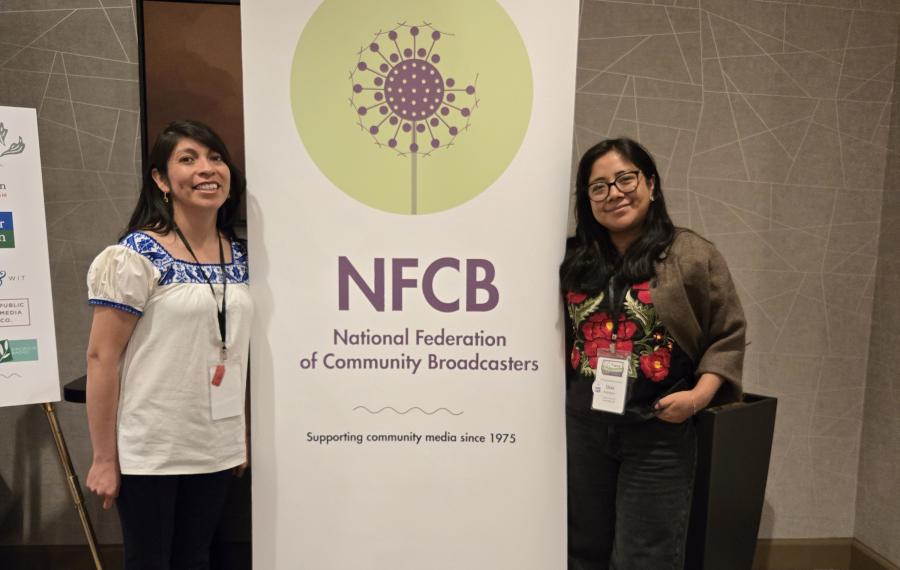One of the most enduring myths about indigenous peoples is that they wish to isolate themselves from the rest of the world in order to cling to archaic ways of life. This stereotype portrays them as misfits who cannot adjust to modern life and suits those who wish to see indigenous cultures vanish. If that were true, then the best thing for indigenous peoples would be to abandon their traditional cultures and blend as individuals into the society of whichever state claims jurisdiction over them. But it is not true. For the past 25 years, Cultural Survival has argued-and demonstrated on the basis of evidence drawn from all parts of the world-that this stereotype is a convenient fiction; convenient for those who covet the lands and resources that indigenous peoples would give up if they abandoned their own ways of life; convenient too for those who would like to see indigenous cultures vanish and cease to demand that the states in which they live should be multicultural.
This issue of the Cultural Survival Quarterly shows how fictitious this stereotype is by describing the eagerness of indigenous peoples to have access to the Internet and the myriad ways in which they seek to use it in order to strengthen and protect their distinctive cultures. Will they succeed? The Internet is, after all, a two-edged sword. It not only gives indigenous peoples some leverage in dealing with the world around them, it also gives the world around them additional leverage that can be used against indigenous peoples. This is also a problem for larger political bodies. Steve Cisler points out in his Introduction that there is a debate raging as to whether the Internet helps to concentrate power in the hands of central authorities or whether it does the opposite and helps to undermine centralized control.
We do know that liberalized access to the Internet played a role in the collapse of the Soviet Union. The Soviet regime, under Stalin and his immediate successors, maintained its dictatorial rule by, amongst other things, a strict control of information and its dissemination. The military regime in Burma is also trying to do this. Christina Fink's article shows that they are only having limited success. In fact, the indigenous and minority groups in Burma are fighting back through the Internet which gives them opportunities to publicize their case and organize their resistance. The articles in this issue give numerous examples from all over the world which show that a sophisticated use of the Internet can be of great help to indigenous peoples in their constant struggle to protect their cultures and improve the terms under which they interact with their neighbors.
It seems that the ability to use the Internet is useful to indigenous peoples in their political struggles, but how about their social struggles? Is there not a real danger that an intensification of communication with the wider world may actually undermine the distinctive cultures that indigenous peoples cherish and try to protect? Indeed there is, but this is not a peculiar problem deriving from the Internet. It is rather part of the dilemma which all indigenous peoples and other minorities face, namely of how to balance their interaction with, and participation in the wider society with their desire to maintain a vibrant and separate culture. It is the problem that the Amish have dealt with by carefully limiting their contacts with the surrounding society. Indigenous peoples face similar dilemmas as they consider the use of the Internet; it intensifies both the opportunities for cultural affirmation and the tendencies that might lead to cultural breakdown.
Currently, it seems that indigenous peoples are eagerly using the Internet when they have the opportunity to do so. It obviously helps them to communicate with each other and to coordinate the international movement that has grown up to defend indigenous rights. Furthermore, the Assyrian example discussed in this issue shows how the Internet can help a scattered and persecuted people to maintain a sense of their culture and community. In a less dramatic, but equally vital fashion, peoples as far apart as the Sami of northern Scandinavia and the native Hawaiians have found the Internet a valuable tool for teaching and preserving their languages. Meanwhile, the Oneida of New York state have taken the lead among Native Americans in using the Internet to tell the story of their nation. This process of informing and educating is aimed at other Americans and has reached the White House itself, but it is also importantly aimed at the Oneida and other peoples of the Iroquois Confederacy. In Jean Polly's article there is a telling quotation from Brian Patterson of the Oneida Men's Council who remembered that when he was a little boy, he had an aunt who was always asking him "Do you know your treaties? You must know your treaties." He did not know his treaties and did not know where to find them. He remembered his aunt when the Oneida were viewing the White House website and they noticed that it listed treaties between the United States and other nations, but omitted the treaties with Indian nations. The Oneida notified the White House and put their own archive of treaties up on the Internet in 1994. Now the Oneida and everybody else can know their treaties; but their experience with the Internet indicated a possible problem in the future. As they searched for an appropriate way to give an abbreviated name to their Internet domain, they suggested `.sov' (for sovereign) but quickly discovered that raised a lot of difficulties. An international debate currently rages over sovereignty, how the local autonomy of indigenous peoples should be defined and whether it should be tolerated. In the meantime, many indigenous groups are finding that the Internet helps them to define it for themselves.
Article copyright Cultural Survival, Inc.



